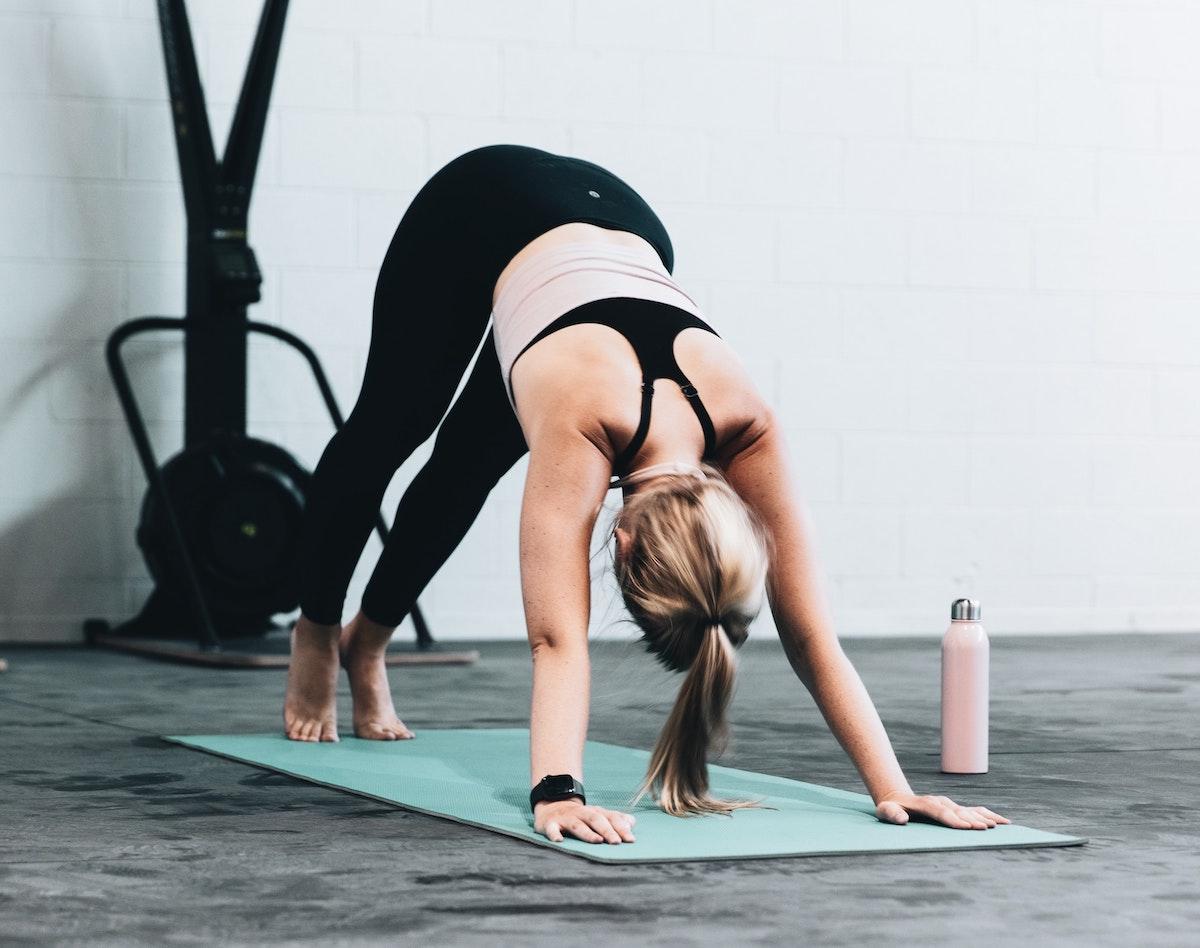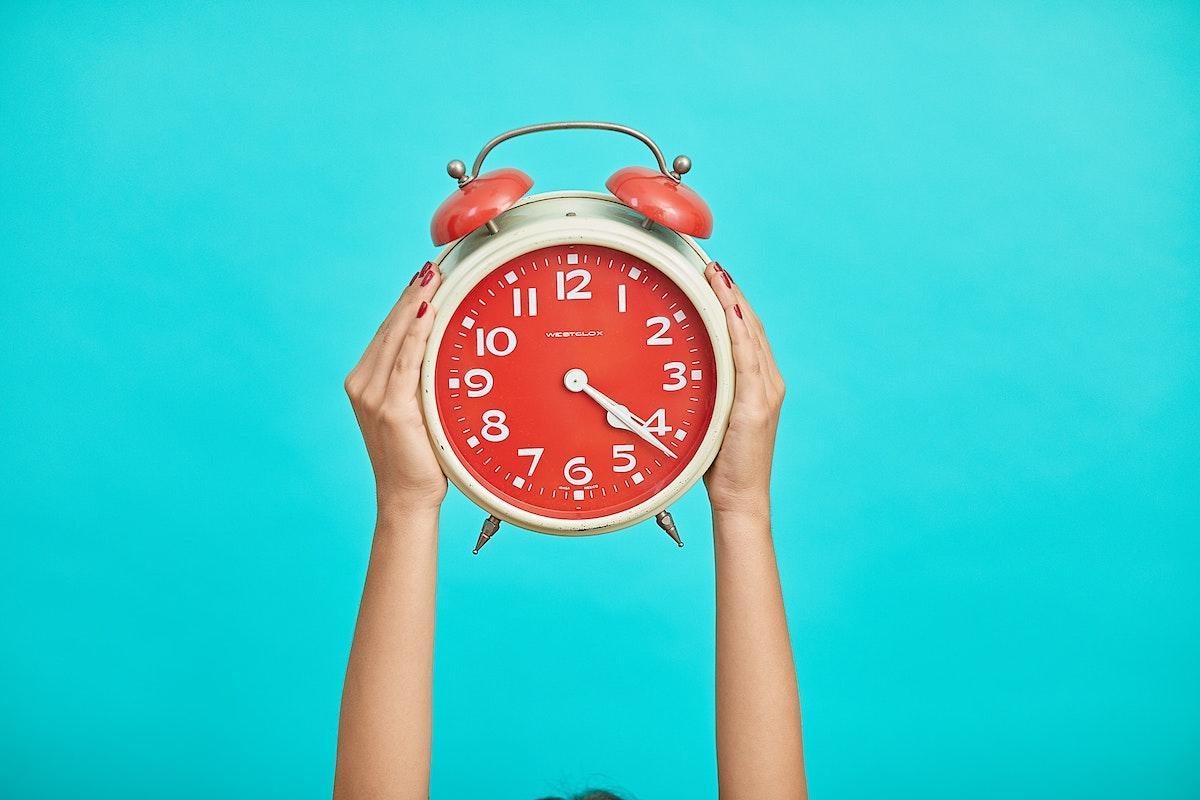
Mindfulness-based programs have become extremely popular in the past decade. They are offered as a solution to a wide range of problems in work and health settings, in schools, and even in prisons. Considering such a huge uptake, it is important to understand what mindfulness is and to appreciate the evidence behind the claims for its usefulness.
Mindfulness was popularised in Western healthcare by Professor Jon Kabat-Zinn in the 1970s. A long-time practitioner of yoga and Buddhist meditation, he aimed to create a structured, secular program that would enable his patients to improve their quality of life in spite of living with chronic illnesses and pain. This initiative became the now well-known Mindfulness Based Stress Reduction (MBSR) program.
Another important program is Mindfulness-Based Cognitive Therapy (MBCT), first offered at Oxford University by Professor Mark Williams and his colleagues in the 1980s to help people remain well after they had experienced a period of clinical depression. These two programs provided the basis for many other mindfulness-based interventions that were developed in the following decades.
The first research study about mindfulness was published nearly 40 years ago, and a large amount of research has been conducted since then. In people without a diagnosed mental or physical health problem, mindfulness-based interventions have been found to reduce stress, anxiety, depression, distress, and burnout, and to improve quality of life in general. As clinical treatments, these programs are effective for recurrent depression, some anxiety disorders, chronic pain, addictive behaviours, and child behaviour problems when mindfulness training is given to the parents. But what is mindfulness and how does it improve well-being in the face of life’s difficulties?
To define what mindfulness is, the following sentence from Jon Kabat Zinn is often quoted: “Mindfulness means paying attention in a particular way: on purpose, in the present moment, and nonjudgmentally … “
In other words, mindfulness is defined as an ability to observe what is happening in each moment, with an attitude of acceptance, curiosity, and kindness. This detached awareness can include our thoughts, feelings, body sensations or behaviours, as well as the outside world. When we engage in formal mindfulness practices, we aim to develop this ability. We choose a target for our focused awareness, (for example, the breath, the body, or a sound) and keep directing our attention to this target. At the same time, we notice that the mind wants to run off in all sorts of directions. When this happens, we notice the thought that the mind wants to engage with, then let it go and gently redirect our attention to the point of focus. Importantly, however, when quoting Kabat-Zinn’s definition of mindfulness, the second part of the sentence is sometimes ignored. The second part says,
… in the service of self-understanding and wisdom.”
“Mindfulness means paying attention in a particular way: on purpose, in the present moment, and nonjudgmentally, in the service of self-understanding and wisdom.” (Jon Kabat-Zinn, 2017)
Professor Mark Williams also put this point succinctly: “Mindfulness is an ability to recognise and to let go of the things that stop us from living to our full potential” (Mark Williams, personal communication, International Conference on Mindfulness, Amsterdam, 2018).
This means that our ability to pay attention whilst practicing mindfulness is not the point. It is only a means to an end. It is important to carry this ability on to everyday life: noticing when our minds are giving us potentially false projections for the future or dragging us down the path of impotent guilt or rage about the past. To be able to notice what the mind is doing and to be able to decide whether it is helpful to believe our thoughts and to act on our impulses is a central skill in mindfulness.
To be mindful is to be able to observe our thoughts as just thoughts and our emotions as just sensations in the body. We can calmly observe our thoughts, emotions, body sensations and our urges to act, and then decide what to do. In this way, mindfulness allows us to develop a high level of emotion regulation and enables us to act in accordance with our authentic values: to respond with wisdom rather than to react too quickly to life’s vicissitudes.
Dr Marianna Szabo is a Clinical Psychologist, a leading expert in Mindfulness and a Senior Lecturer in Psychology at the University of Sydney.








